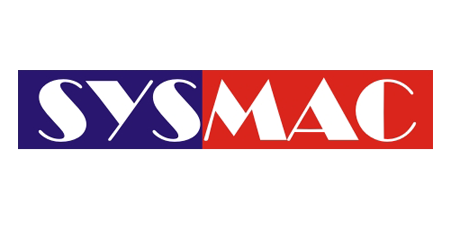Introduction
World energy consumption continues to rise: it has more than doubled in the last 40 years and is projected to increase a further 30% by 2040. What’s more, energy is the major contributor to climate change, making up nearly 60 % of the world’s greenhouse gas emissions. Taking action to better manage our energy consumption not only helps the planet, it saves money for organizations and society as a whole.
What is an Energy management system ?
An energy management system helps organizations better manage their energy use, thus improving productivity. It involves developing and implementing an energy policy, setting achievable targets for energy use, and designing action plans to reach them and measure progress. This might include implementing new energy-efficient technologies, reducing energy waste or improving current processes to cut energy costs.
ISO 50001 provides a set of requirements that enable organizations to :
- Develop a policy for more efficient use of energy
- Fix targets and objectives to meet that policy
- Gather data to better understand and make decisions concerning energy use
- Measure the results obtained
- Review the effectiveness of the policy
- Continually improve energy management
Who is ISO 50001 for?
Like all ISO management system standards, ISO 50001 has been designed for implementation by any organization in the public or private sector, whatever its size, activity or geographical location.
ISO 50001 does not fix targets for improving energy performance, which is left up to the user organization or regulatory authorities.
This means that any organization, regardless of its current level of energy performance, can implement ISO 50001 to establish a baseline and improve on it at its own rate.
What benefits will ISO 50001 bring to business ?
ISO 50001 is designed to help organization improve its energy performance through making better use of its energy-intensive assets. Improved energy performance can provide rapid benefits for an organization by maximizing its use of energy sources and energy-related assets, reducing both cost and consumption. ISO 50001 is used by large and small organizations all over the world. Its benefits can take many forms. For some, it is about reducing the environmental impact and enhancing reputation; for others, the aim is to drive down costs and improve competitiveness.
What about certification?
Like all ISO management system standards, ISO 50001 can be implemented solely for the internal and external benefits it provides to the organization itself, its stakeholders and its customers. Certification to the standard by an independent auditor is not a requirement of ISO 50001. To certify or not is a decision to be taken by the organization, unless imposed by regulation.
Next steps
- Purchase a copy of ISO 50001:2018 standard.
- Consider a Gap Analysis or pre assessment from SYSMAC www.sysmacs.com to make sure you are best placed to achieve your objectives.
- Conduct training on awareness and internal audit for relevant staff.

